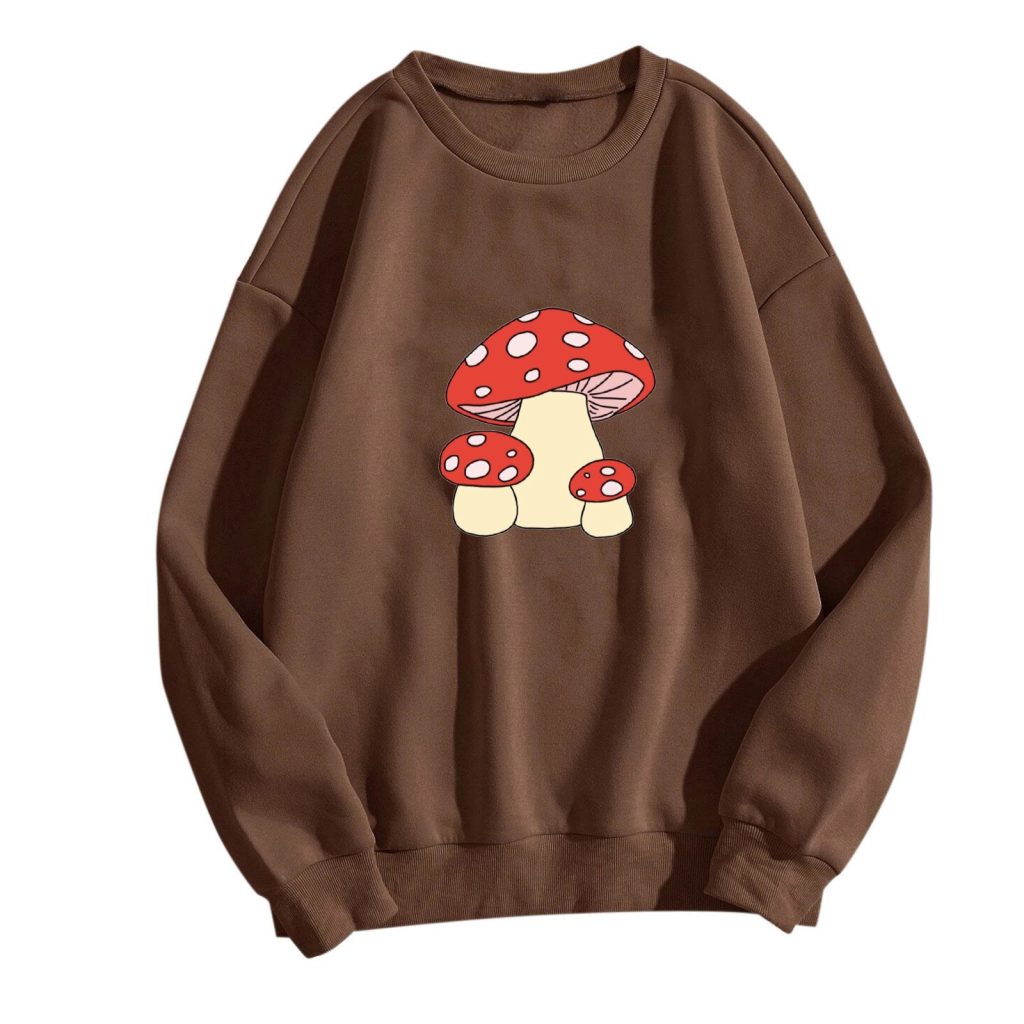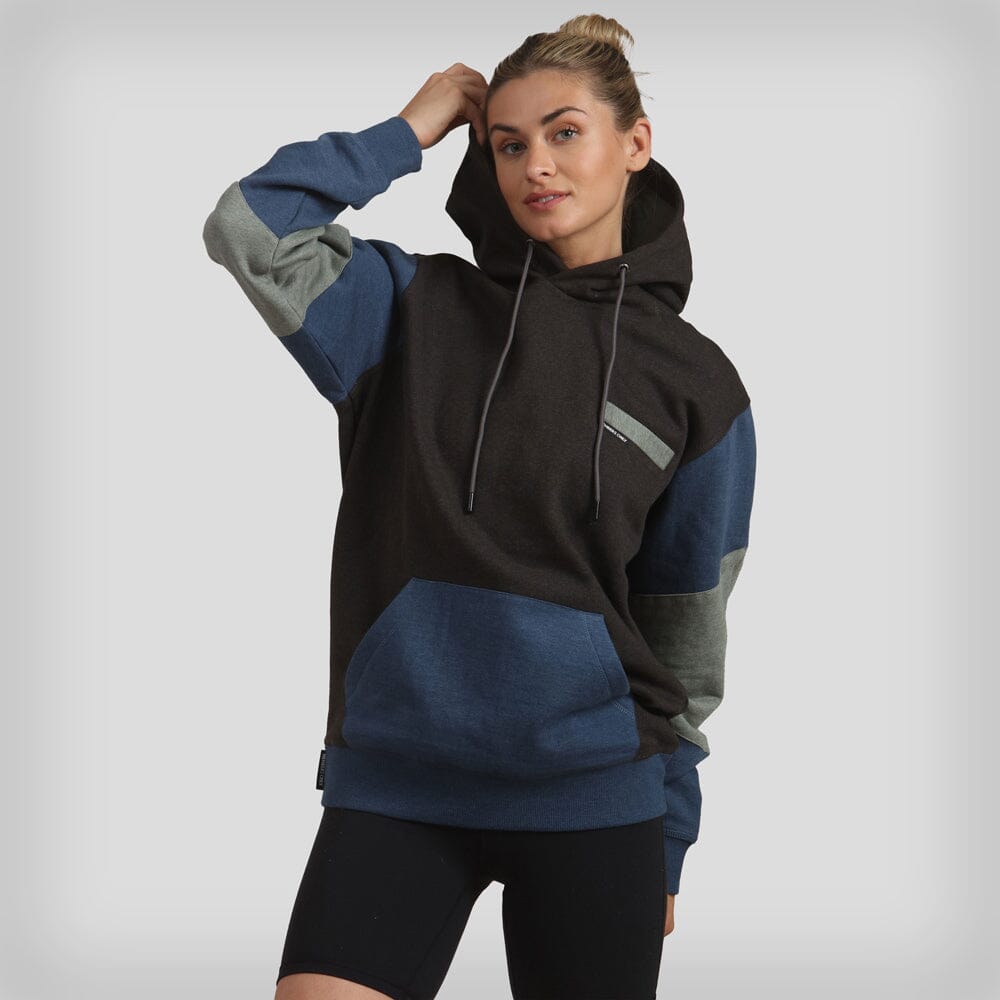What are the materials of hoodie fabric? Hoodies are a popular choice of apparel for their comfort, warmth, and style. The fabric used to make hoodies plays a significant role in their overall quality and performance. There are various types of hoodie fabrics available, each with its unique characteristics and features. In this article, we will explore different types of hoodie fabrics and their respective attributes.
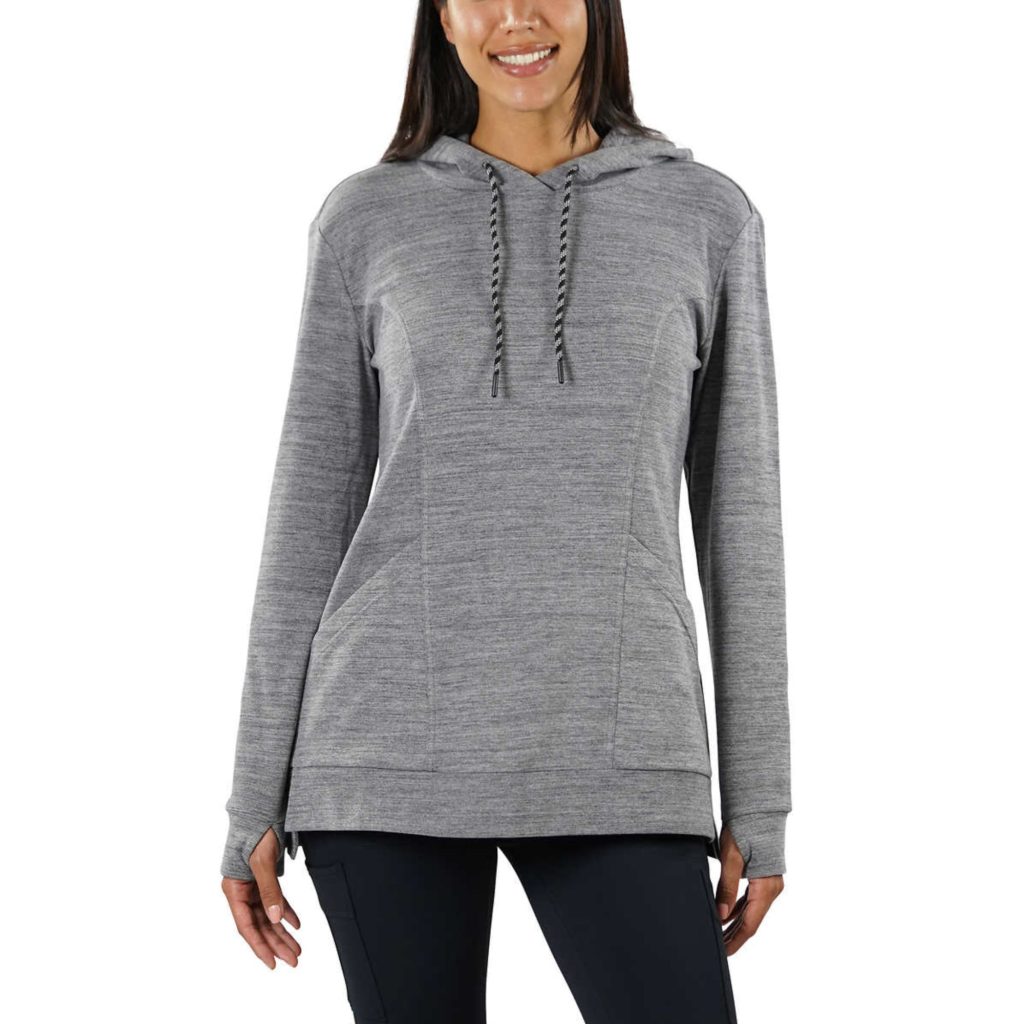
Cotton
Cotton is one of the most widely used fabrics for making hoodies. It is known for its softness, breathability, and comfort. Cotton hoodies are easy to care for and provide good insulation, making them suitable for mild to moderate weather conditions. However, pure cotton hoodies may shrink after washing and are prone to wrinkling. Manufacturers often blend cotton with other materials to enhance its durability and performance.
Polyester
Polyester is a synthetic fabric that is commonly used in the production of hoodies. It is lightweight, resilient, and resistant to shrinkage and wrinkles. Polyester hoodies are known for their moisture-wicking properties, which make them suitable for athletic activities and outdoor adventures. They are also quick-drying and easy to maintain. However, some people may find polyester hoodies less breathable compared to natural fibers.
Fleece
Fleece is a popular fabric for making hoodies due to its softness, warmth, and versatility. It is typically made from synthetic materials such as polyester or a blend of polyester and other fibers. Fleece hoodies provide excellent insulation and are ideal for cold weather. They are lightweight, pill-resistant, and quick-drying, making them a preferred choice for outdoor activities and sports.
French Terry
French terry is a knit fabric that is commonly used in the production of hoodies. It is characterized by its looped pile on the inside, which provides a soft and cozy feel. French terry hoodies are breathable, absorbent, and comfortable to wear. They are suitable for layering and offer moderate insulation. French terry is often made from a blend of cotton and polyester, combining the best qualities of both fibers.
Velour
Velour is a plush, luxurious fabric that is sometimes used to make hoodies for a more upscale and stylish look. It has a smooth and soft texture, similar to velvet, and offers excellent drape and sheen. Velour hoodies are comfortable, warm, and have a distinct aesthetic appeal. However, they may require special care and are not as durable as some other hoodie fabrics.
Twill
Twill is a durable and robust fabric that is occasionally used in the production of hoodies. It is characterized by its diagonal weave pattern, which gives it a sturdy and structured appearance. Twill hoodies are resistant to wrinkles and abrasion, making them suitable for outdoor and rugged activities. They are also breathable and provide good insulation, making them a versatile choice for various occasions.
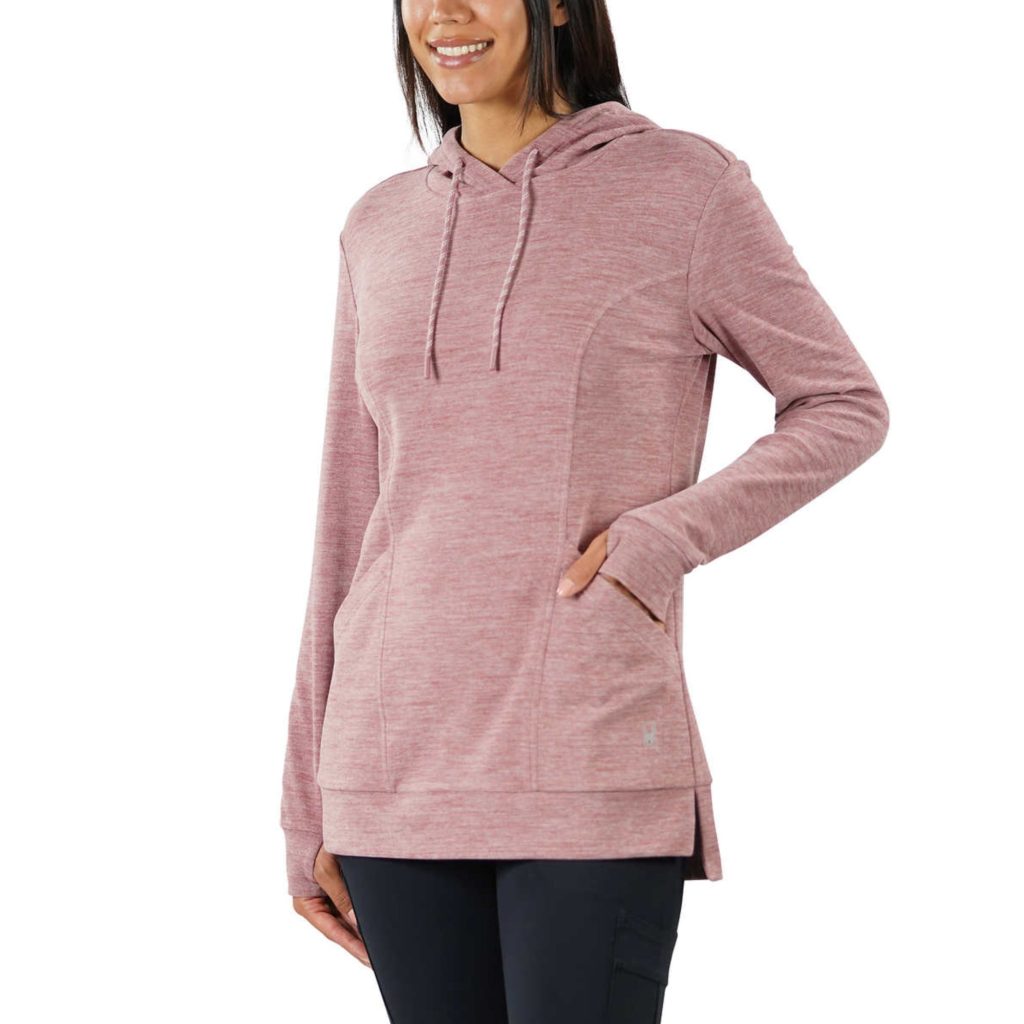
How to match clothes for hoodie women
Hoodies are a versatile and comfortable clothing item that can be styled in numerous ways. Whether you’re going for a casual look or aiming for something more chic, a hoodie can be a great addition to your outfit. If you’re looking for some inspiration on how to style a hoodie for women, you’ve come to the right place.
Casual and Sporty Look
If you’re going for a casual and sporty look, pairing a hoodie with a pair of leggings or joggers is a no-brainer. This combination is perfect for running errands, hitting the gym, or simply lounging around at home. Add a pair of sneakers to complete the look and you’ll be ready to tackle the day in style. For an extra layer of warmth, throw on a denim or bomber jacket over the hoodie.
Street Style
For a trendy and urban-inspired look, pair a V neck hoodies with some distressed jeans and a pair of ankle boots. You can also opt for a pair of high-top sneakers for a more casual vibe. Add a bomber jacket or a leather moto jacket to elevate the look and add some edge. Accessorize with a beanie or a cap to complete your street style outfit.
Layering
Layering a hoodie with other clothing items can create an interesting and stylish look. For a preppy and layered outfit, pair a hoodie with a collared shirt underneath and a pair of tailored trousers. You can also try layering a hoodie under a blazer for a more sophisticated look. The key is to play with different textures and colors to create a visually appealing outfit.
Feminine Touch
Hoodies don’t have to be limited to a casual or tomboyish look. You can give your hoodie a feminine touch by pairing it with a skirt or a dress. A hoodie can add a cool and unexpected twist to a feminine outfit. Try pairing a hoodie with a flowy midi skirt or a floral dress for a more playful and girly look. Add a pair of ballet flats or ankle boots to finish off the outfit.
Mixing Patterns
For a bold and fashion-forward look, experiment with mixing patterns when styling your hoodie. Pair a printed or graphic hoodie with a pair of striped or plaid pants for a fun and eclectic outfit. Mixing patterns can add visual interest to your look and show off your personal style. Just make sure to balance out the patterns with solid-colored accessories and shoes to keep the outfit from looking too busy.
Tips for Styling a Hoodie
Here are a few tips to keep in mind when styling a hoodie for women:
- Play with proportions: Experiment with oversize hoodies pair with slim-fitting pants or skirts for a modern and trendy look.
- Accessorize: Add accessories like statement earrings, a chunky necklace, or a belt to elevate your hoodie outfit.
- Mix and match: Don’t be afraid to mix and match different styles and textures to create a unique and personalizd look.
- Confidence is key: Rocking a zip up hoodie with confidence is essential to pulling off the look. Own your style and wear it with confidence.
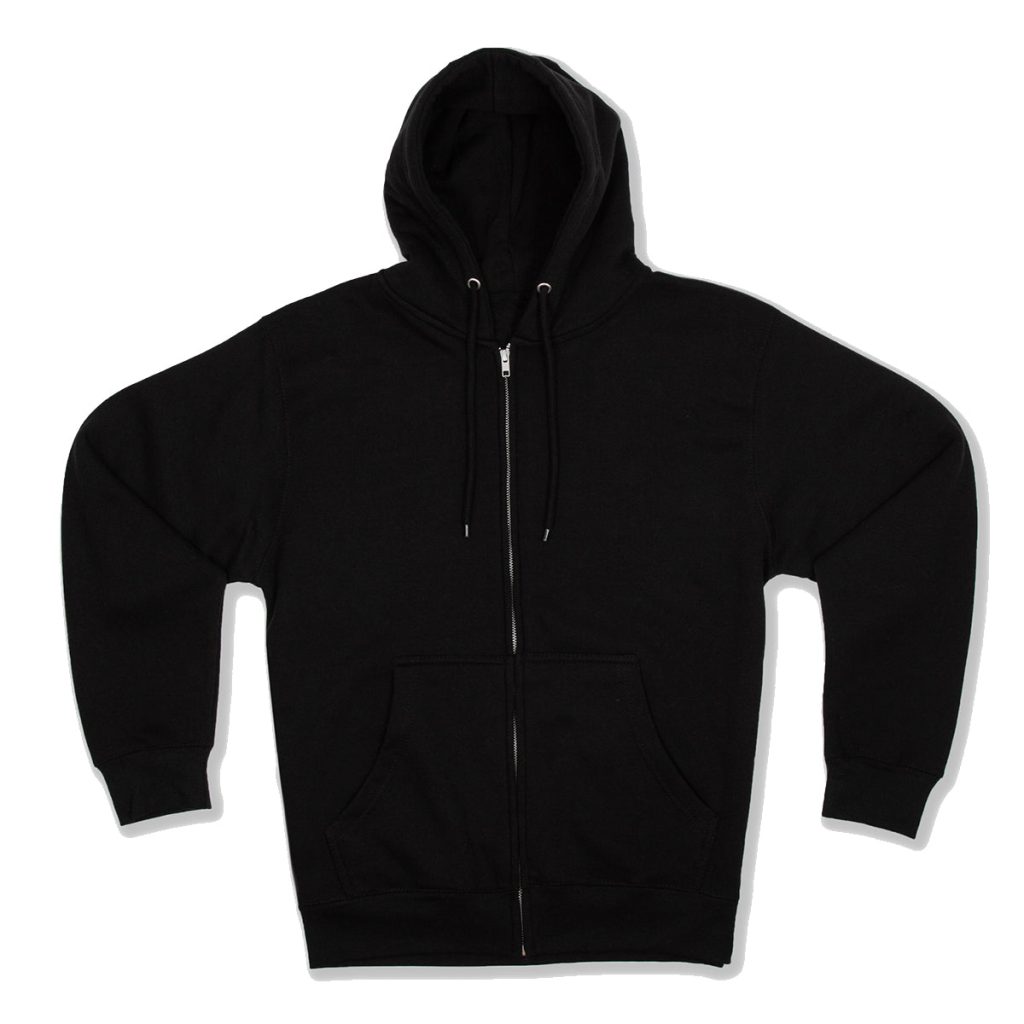
The importance of sweatshirt fabrics
The Role of Fabric in Hoodies
Hoodies are a type of sweatshirt or jacket with a hood that is often use for casual wear, outdoor activities, and sports. They are typically made from a variety of fabrics, each with its own unique properties and characteristics. The choice of fabric can have a significant impact on the overall performance and comfort of the hoodie.
Warmth and Insulation
One of the key functions of a hoodie is to provide warmth and insulation, especially during colder weather. The fabric use in the construction of the hoodie plays a critical role in determining its thermal properties. Fabrics with high insulation properties, such as fleece, wool, or synthetic materials like polyester, are commonly use in hoodies to provide warmth and comfort to the wearer. These materials are effective in trapping heat and keeping the body warm in chilly conditions.
Breathability and Moisture Management
While warmth and insulation are essential, breathability and moisture management are equally important factors to consider when choosing the fabric for a hoodie. Fabrics that are breathable and moisture-wicking help to regulate body temperature, prevent overheating, and keep the wearer dry and comfortable. Cotton, for example, is a popular choice for hoodies due to its natural breathability and moisture-absorbing properties. Additionally, performance fabrics such as polyester blends with moisture-wicking technology are also commonly use in activewear hoodies to keep the wearer cool and dry during physical activities.
Conclusion
The type of fabric use in hoodies can significantly impact their comfort, performance, and durability. Each fabric has its unique characteristics and features, making it suitable for different preferences and purposes. Whether you prefer the softness of cotton, the resilience of polyester, the warmth of fleece, or the luxury of velour, there is a hoodie fabric that meets your needs. Understanding the qualities of different hoodie fabrics can help you make an informe decision when choosing the perfect hoodie for your wardrobe.
